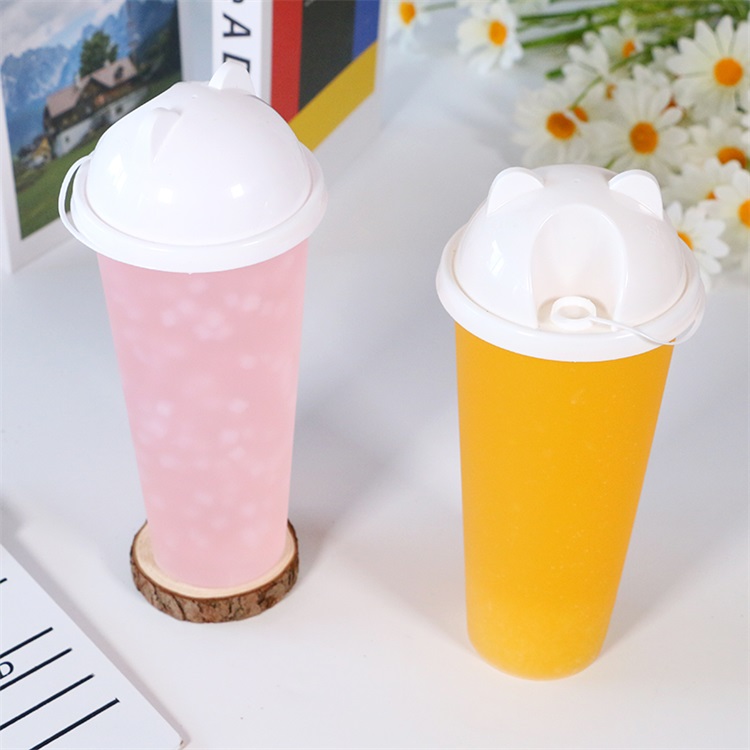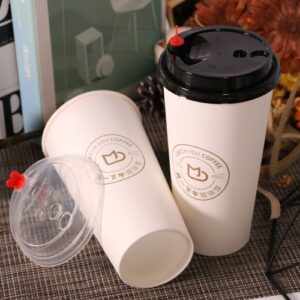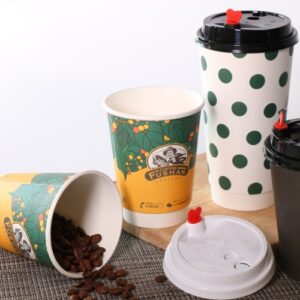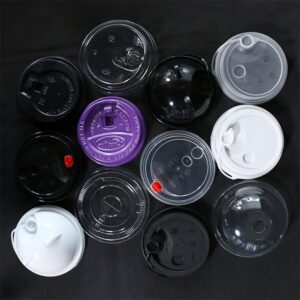PP is a crystalline polymer. Among general-purpose plastics, PP has the best heat resistance. Its heat distortion temperature is 80-120 °C, and it can withstand 100 °C boiling water. And it has good stress cracking resistance and high bending fatigue life, commonly known as “Bai Zhe glue”, so most of the milk tea cups on the market are made of PP.
However, it is also a disadvantage. PP has low dimensional accuracy, insufficient rigidity, poor weather resistance, and is prone to “copper damage”. It has the phenomenon of post-shrinkage. After demolding, it is easy to age, become brittle, and easy to deform. In daily life, commonly used fresh-keeping boxes are also made of PP materials.

The molecular structure of PET is highly symmetrical, and it has a certain crystal orientation ability, so it has high film-forming and forming properties. It has good optical properties and weather resistance, and amorphous PET has good optical transparency. In addition, PET has excellent abrasion resistance, dimensional stability and electrical insulation. Therefore, the bottles and cups made of PET have high strength, good transparency, non-toxicity, anti-penetration, light weight and high production efficiency, so they have been widely used.

After reading this article, do you have a new understanding of PP and PET materials?















